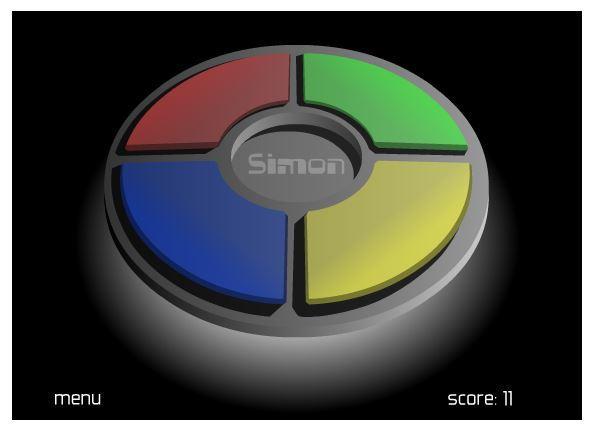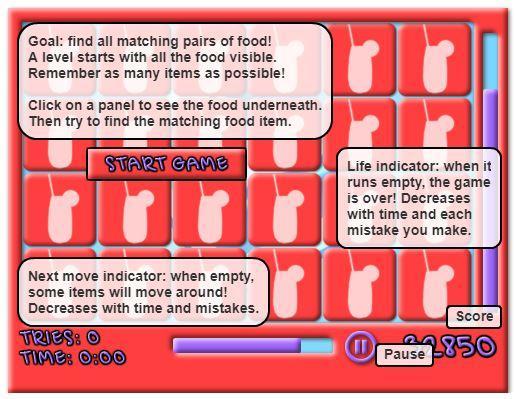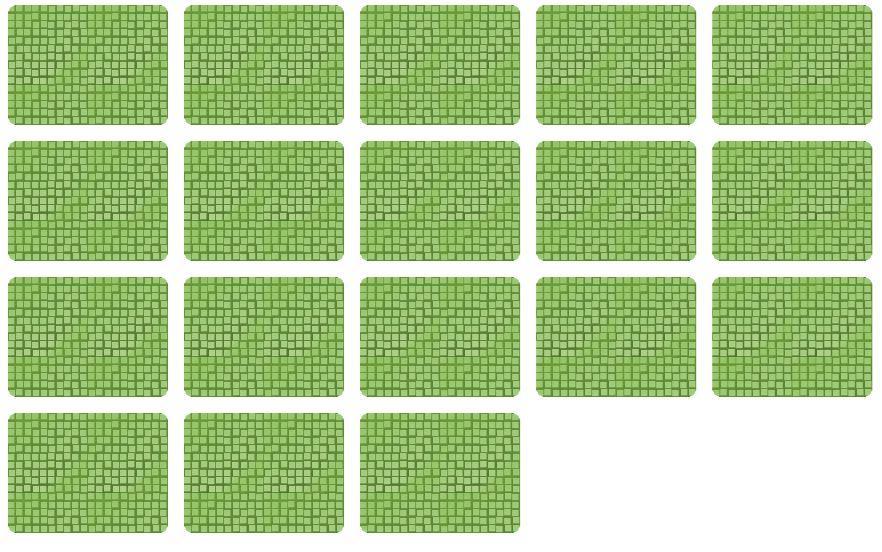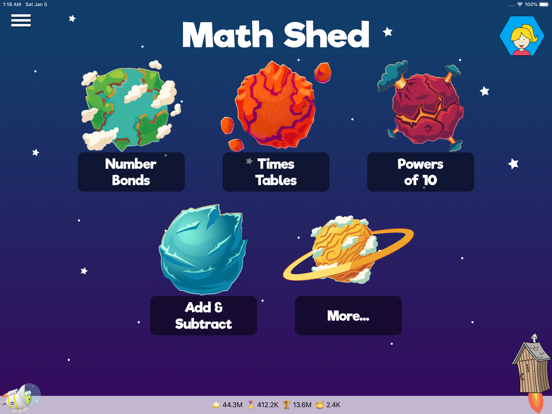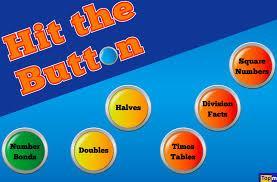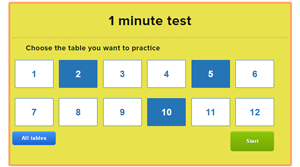Supporting your child at home with their SEND targets is essential. It will help to reinforce their areas of need and the daily practise will help them to become increasing confident.
Below you will find the Home learning pack videos that show you and your child what you can do at home with your home learning packs.
You will also find below, videos that you can watch to gain more knowledge or games online that your child can play.
Resources to support learning at home
Prepositions
Prepositions of place for children
Prepositions Memory Game
Rhyming
The rhyming game - BBC Bitesize
Word that Rhyme game
Rhyming Games
BBC Rhyming Games
Verbs
ACTION VERBS VIDEO QUIZ
Action Verbs ESL Activity | English Vocabulary Games
English game - Actions - Verbs - Memory game
Reception and Year 1
Reading at home
To help your child at home you can:
- Listen to them read at least four times a week to increase confidence and fluency within reading. Write a brief comment in their reading record when they have read.
- Read to your children every night.
- Discuss the meaning of unfamiliar words.
- Revise the Phase 2 sounds using the sound mat in your child's reading record.
Year 2
Reading at home
What can I do at home to encourage reading?
There are many easy ways to encourage reading. For example:
Sharing books with your child is a great way to them into reading.
Make sure that your home has different types of texts including books, magazines, comics
Use ebooks to introduce them to reading aloud
Set aside a time for reading. This could be just before bed.
Try to ensure that your child's book is age-appropriate - if the book's too easy or too difficult, it could make it more difficult to engage them.
Oxford Owl Free E-Book Library
What is comprehension? | Oxford Owl
Get a definition of reading comprehension, exploring how children build their understanding of a text using a combination of background knowledge, vocabulary...
Videos to Support Reading Activities
There's a wealth of videos on Twinkl Kids TV to support your child's reading. You'll find daily reads of a range of Twinkl Original Books.
Back to Earth with a Bump | Twinkl Originals Children's Book Reading
Today's story is 'Back to Earth with a Bump'. One night, Hal's bed takes him off into space on a special mission! Listen to the story, then try the activitie...
Year 3 and 4
Reading at home
In Year 3 and 4, your child will hopefully be on the way to becoming a confident, independent reader. Many children who have got to grips with phonics and word-reading will shift their focus onto comprehension.
There are a variety of simple things you can do at home to support your child’s developing reading skills. Read on to find out how your child will learn to read at school and how you can help at home.
What is comprehension? | Oxford Owl
Oxford Owl Free E-Book Library

Reading VIPERS is our way of supporting children with their reading comprehension skills. All children will be working on VIPERS during class reading, whether it is reading as a class, in a small group, or one-to-one with an adult. It would be fantastic if parents could also be referring to VIPERS when they listen to their child read at home.
This poster is displayed in all classrooms. Up to the end of Year 2, the 'S' stands for 'Sequence'. Once children move into Year 3, the 'S' stands for 'Summarise', which is a more demanding skill.
If we ensure that children are competent in all of these reading skills, we are covering all of the National Curriculum requirements and enabling them to be strong, confident readers. This acronym is just a great way of helping children and parents to remember what these vital skills are.
Question Openers
VIPERS can be used on any text that a child is reading, as well as on pictures, picture books and films! When any adult is listening to a child read, all they have to do is think of questions about the book/picture/film that cover all of the VIPERS, and there are great examples below of how you can create your own questions using the following question openers.
| EYFS - Y2 | Y3 - Y6 | |
| Vocabulary |
What does the word ..... mean in this sentence? What does this word or phrase tell you about .....? |
What do the words ..... and ..... suggest about the character, setting and mood? Find one word in the text which means ..... Which word tells you that .....? |
| Infer |
Why was .....? feeling .....? What do you think the author intended when they said .....? |
How can you tell that .....? What impression of .....? do you get from these paragraphs? |
| Predict |
What do you think will happen next? What makes you think this? What is happening? What do you think happened before? |
Do you think ..... will happen? Yes, no or maybe? Explain your answer using evidence from the text. What does this paragraph suggest will happen next? What makes you think this? |
| Explain |
Who is your favourite character? Why? Is there anything you would change about this story? Do you like this text? What do you like about it? |
The mood of the character changes throughout the text. Find and copy the phrases which show this. How does the author engage the reader here? Why is the text arranged in this way? |
| Retrieve |
How many .....? What happened to .....? |
How would you describe this story/text? What genre is it? How do you know? |
|
Sequence Summarise |
What happened after .....? What was the first thing that happened in the story? |
Can you summarise in a sentence the opening/middle/end of the story? In what order do these chapter headings come in the story? |
Year 5 and 6
Reading at home
Research shows that reading regularly at home as well as at school is the key to academic success.
As your child becomes more independent, we would advise you to encourage them to read a wide range of books and other reading material. It is essential to children are exposed a wide range of vocabulary and this will play a significant part in your child's reading development.
As a parent, you can ask questions about the story that your child is reading and this will help to develop their comprehension skills.
We appreciate your help with supporting your child's reading.
Oxford Owl Free E-Book Library
Reading VIPERS is our way of supporting children with their reading comprehension skills. All children will be working on VIPERS during class reading, whether it is reading as a class, in a small group, or one-to-one with an adult. It would be fantastic if parents could also be referring to VIPERS when they listen to their child read at home.
This poster is displayed in all classrooms. Up to the end of Year 2, the 'S' stands for 'Sequence'. Once children move into Year 3, the 'S' stands for 'Summarise', which is a more demanding skill.
If we ensure that children are competent in all of these reading skills, we are covering all of the National Curriculum requirements and enabling them to be strong, confident readers. This acronym is just a great way of helping children and parents to remember what these vital skills are.
Question Openers
VIPERS can be used on any text that a child is reading, as well as on pictures, picture books and films! When any adult is listening to a child read, all they have to do is think of questions about the book/picture/film that cover all of the VIPERS, and there are great examples below of how you can create your own questions using the following question openers.
| EYFS - Y2 | Y3 - Y6 | |
| Vocabulary |
What does the word ..... mean in this sentence? What does this word or phrase tell you about .....? |
What do the words ..... and ..... suggest about the character, setting and mood? Find one word in the text which means ..... Which word tells you that .....? |
| Infer |
Why was .....? feeling .....? What do you think the author intended when they said .....? |
How can you tell that .....? What impression of .....? do you get from these paragraphs? |
| Predict |
What do you think will happen next? What makes you think this? What is happening? What do you think happened before? |
Do you think ..... will happen? Yes, no or maybe? Explain your answer using evidence from the text. What does this paragraph suggest will happen next? What makes you think this? |
| Explain |
Who is your favourite character? Why? Is there anything you would change about this story? Do you like this text? What do you like about it? |
The mood of the character changes throughout the text. Find and copy the phrases which show this. How does the author engage the reader here? Why is the text arranged in this way? |
| Retrieve |
How many .....? What happened to .....? |
How would you describe this story/text? What genre is it? How do you know? |
|
Sequence Summarise |
What happened after .....? What was the first thing that happened in the story? |
Can you summarise in a sentence the opening/middle/end of the story? In what order do these chapter headings come in the story? |
Accurate spelling is an important part of the process of learning to write at primary school.
The National Curriculum places great emphasis on correct spelling, and in Year 6 every child sits a spelling, grammar, and punctuation test. Good spelling is also a big part of the writing curriculum at school.
Learning to spell well is really useful if we want our children to become confident writers. If they are constantly stopping to think about how words are spelled while they write, it can interrupt their thinking about important parts of writing like word choice and sentence construction. If they’re confident spellers, they’re also much more likely to make adventurous vocabulary choices. Obviously there’s a lot more to being a strong writer than spelling, but confidence in spelling can make a big difference.
Learning your times tables is really important. They help with mental arithmetic. Memorising times tables makes it far quicker and easier for children to work out maths problems in their heads. Moving beyond using their fingers to work out answers, they'll gradually be able to use their knowledge to quickly solve any multiplication questions
